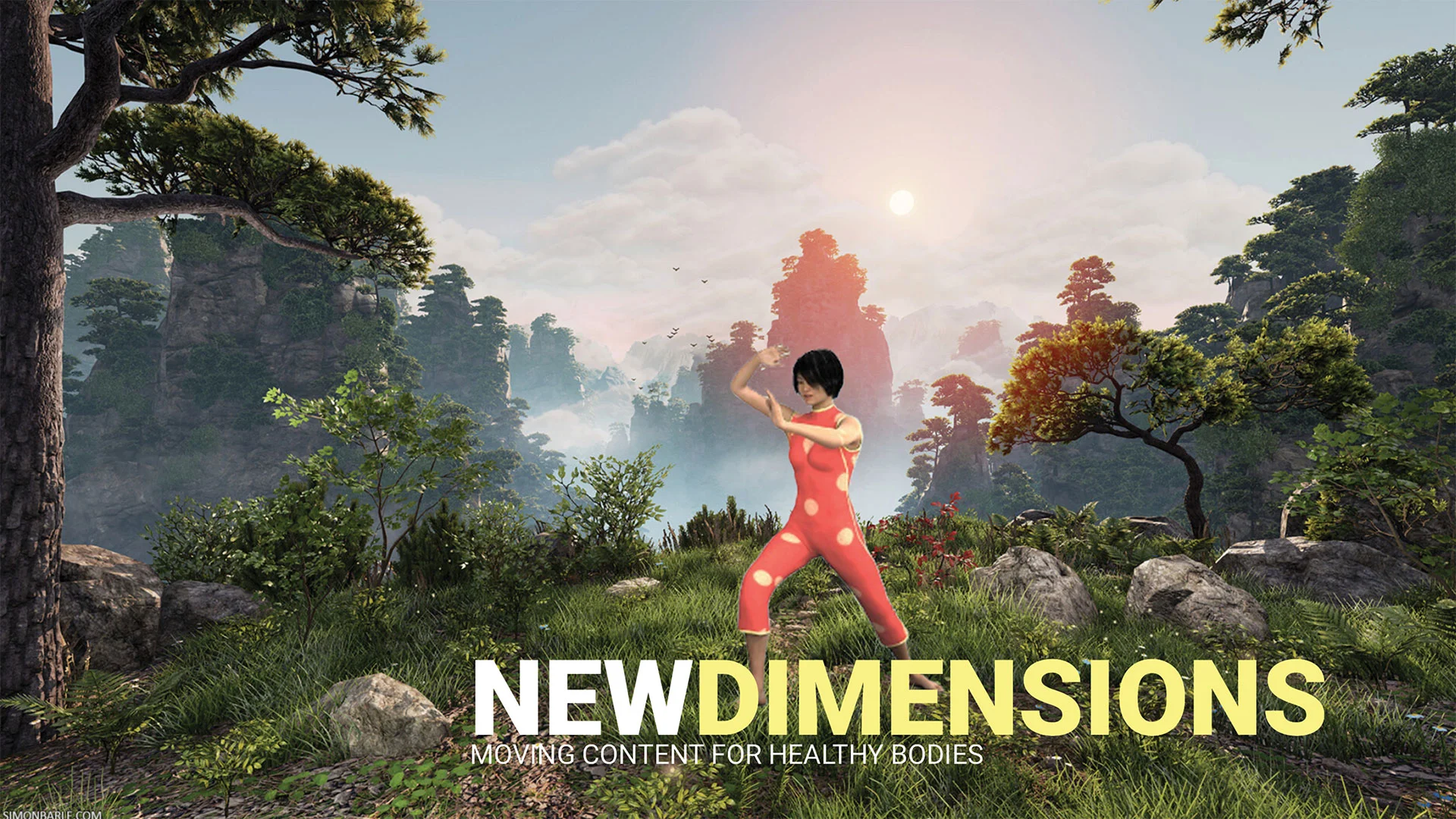INSTIGATIONISM: Inciting Activity in a Sedentary Population
Michael Lee Kenney’s master’s thesis Instigationism is built on a foundation of design work that is intended to incite physical activity in sedentary populations. By combining research insights from the fields of psychology, game design, behavioral economics, and immersive media, Kenney pushes us to reexamine our relationship with exercise.

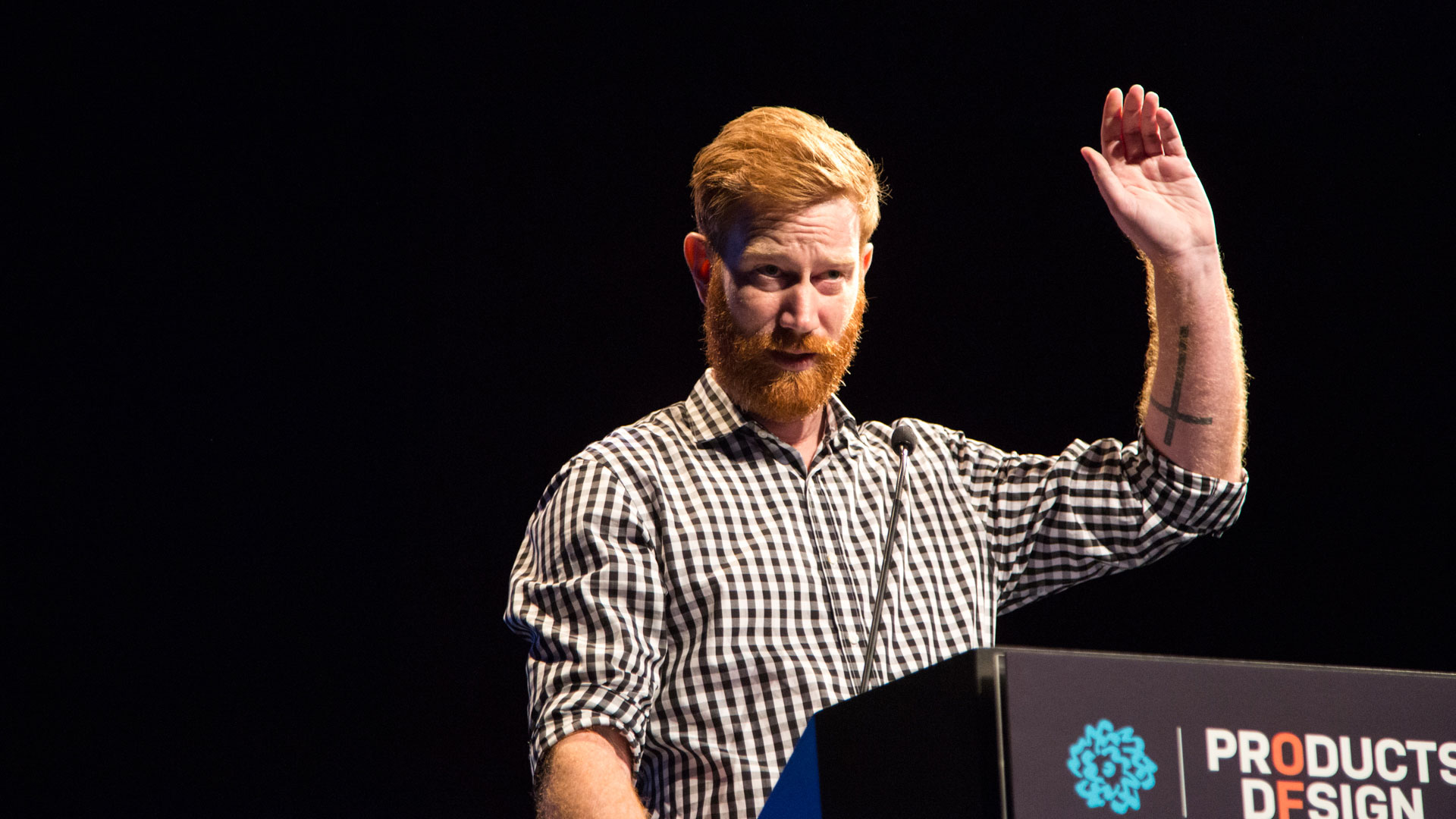

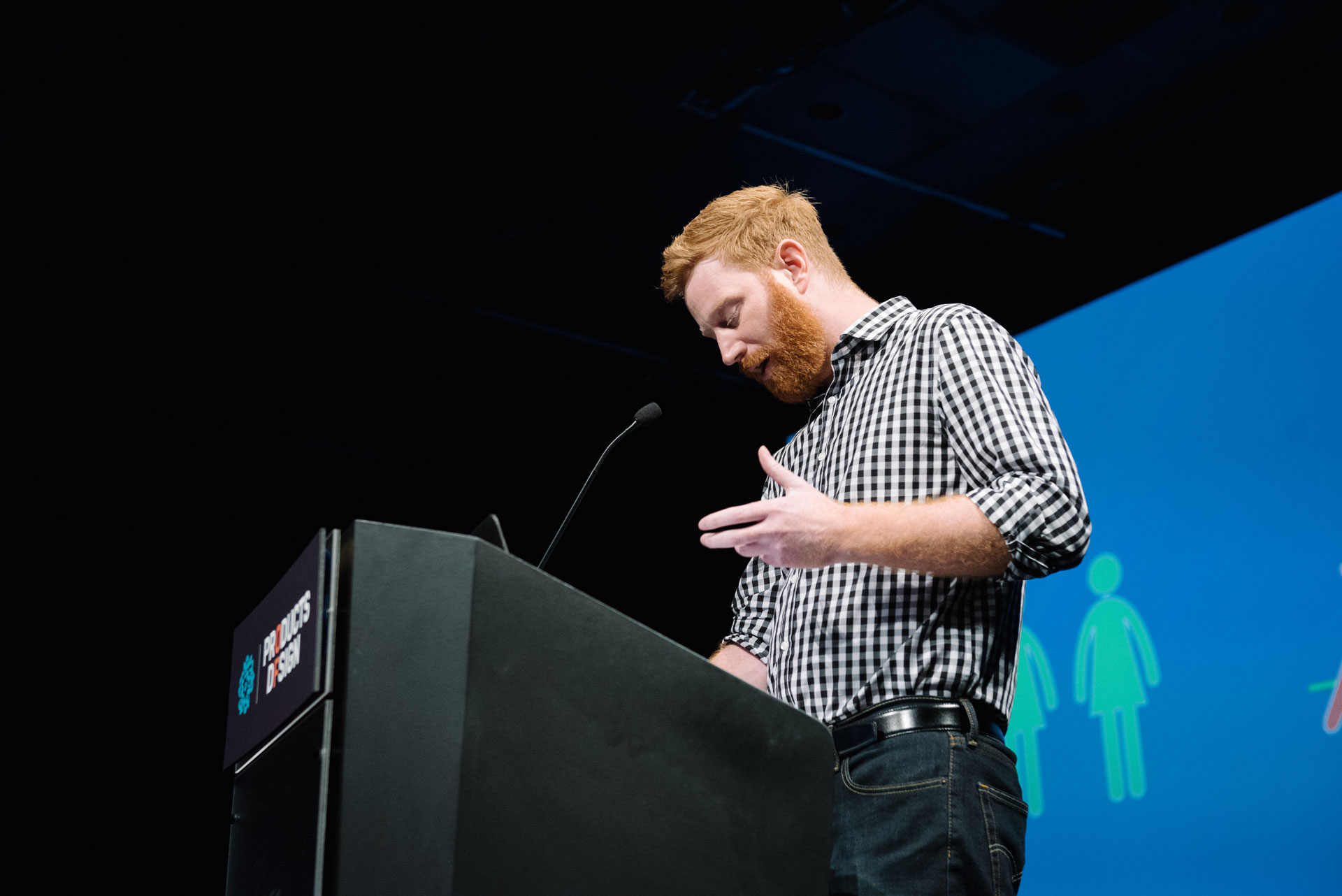
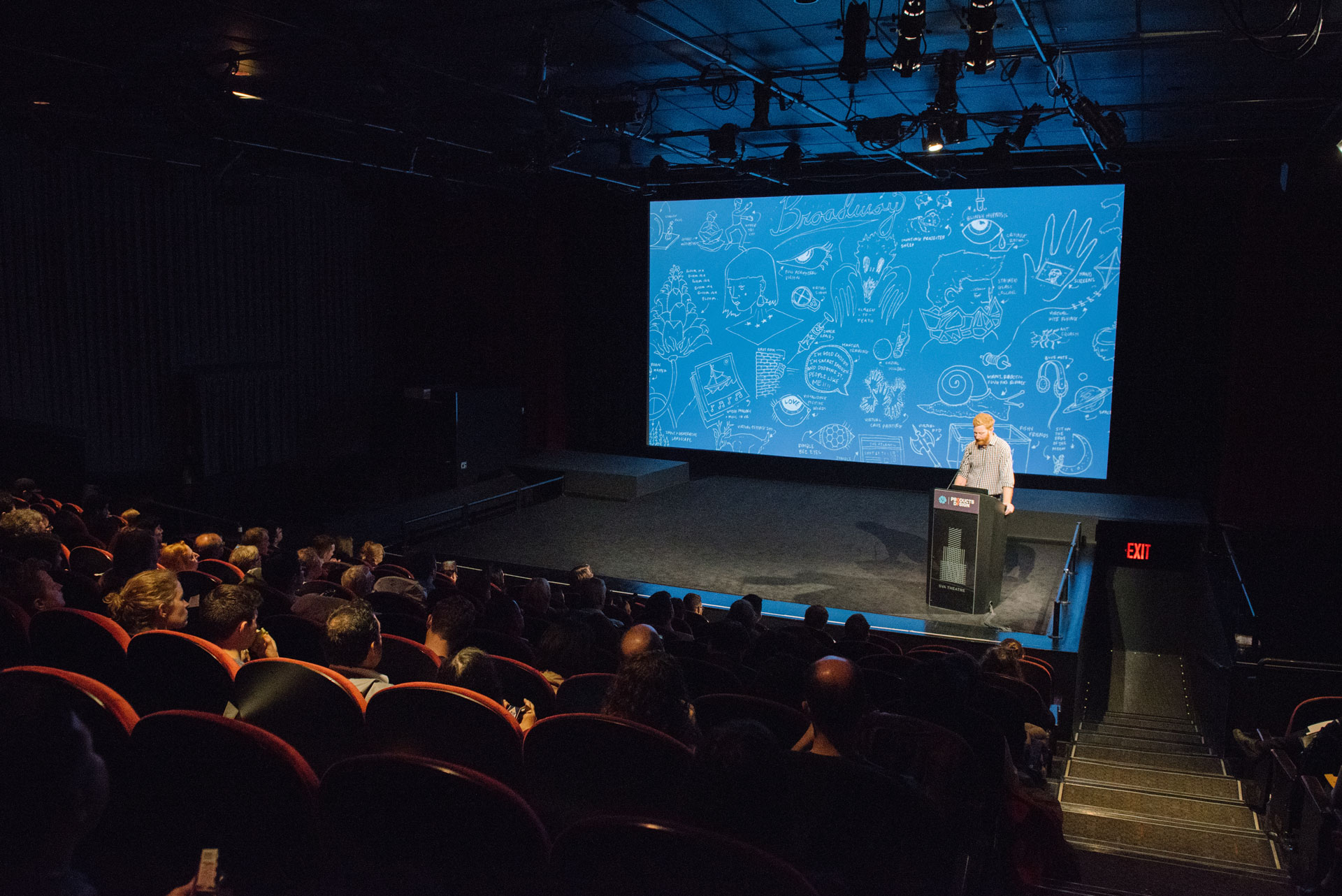

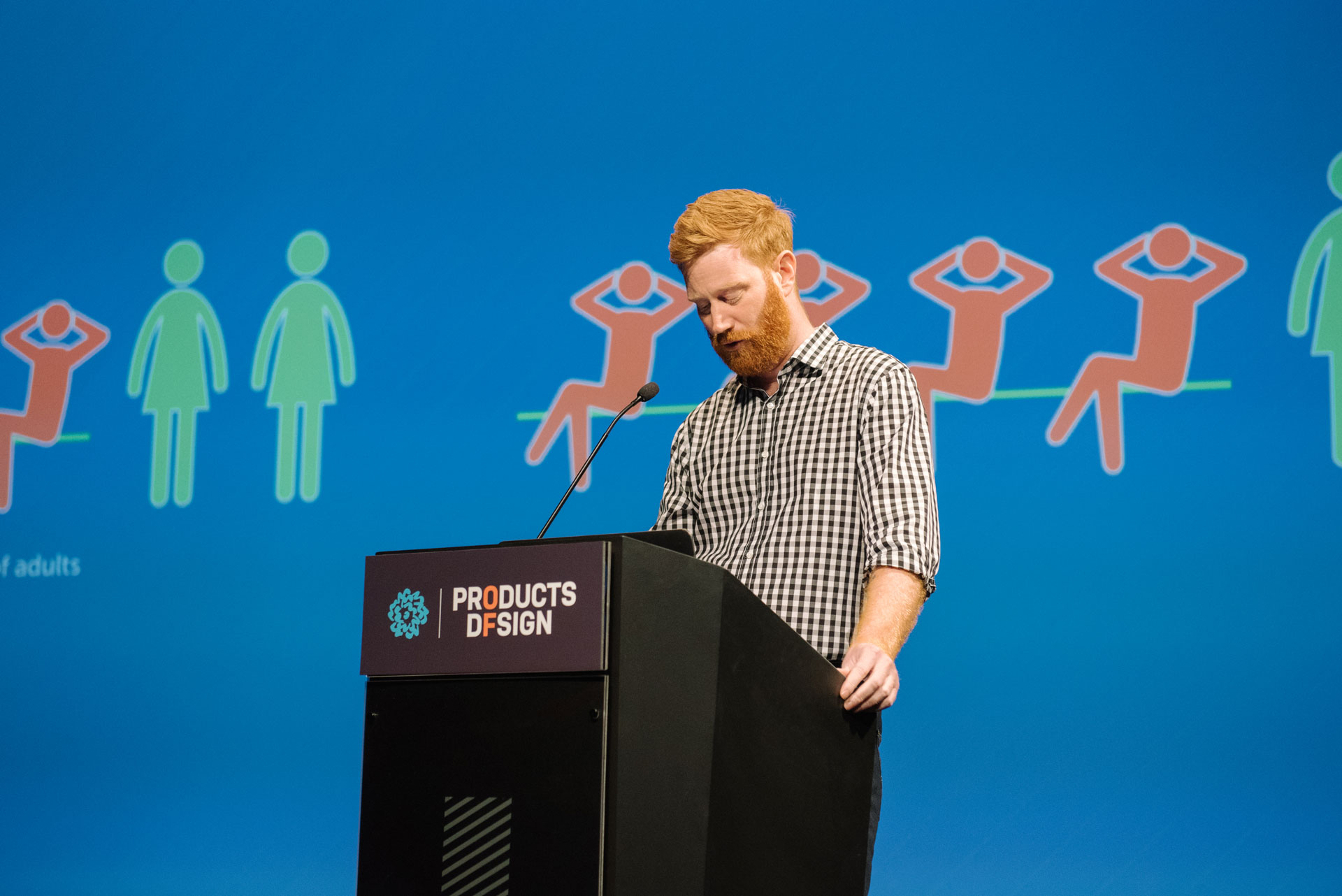
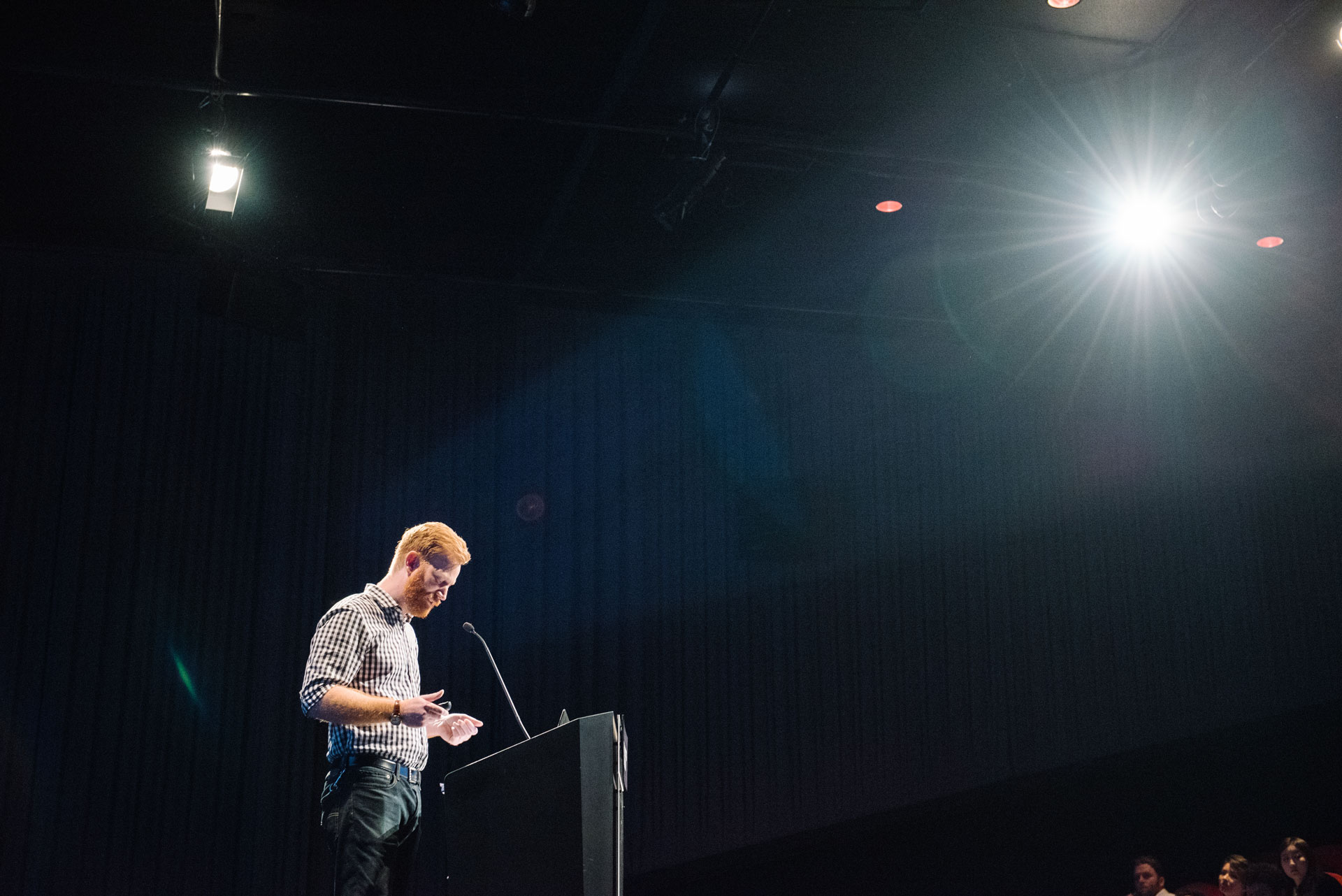




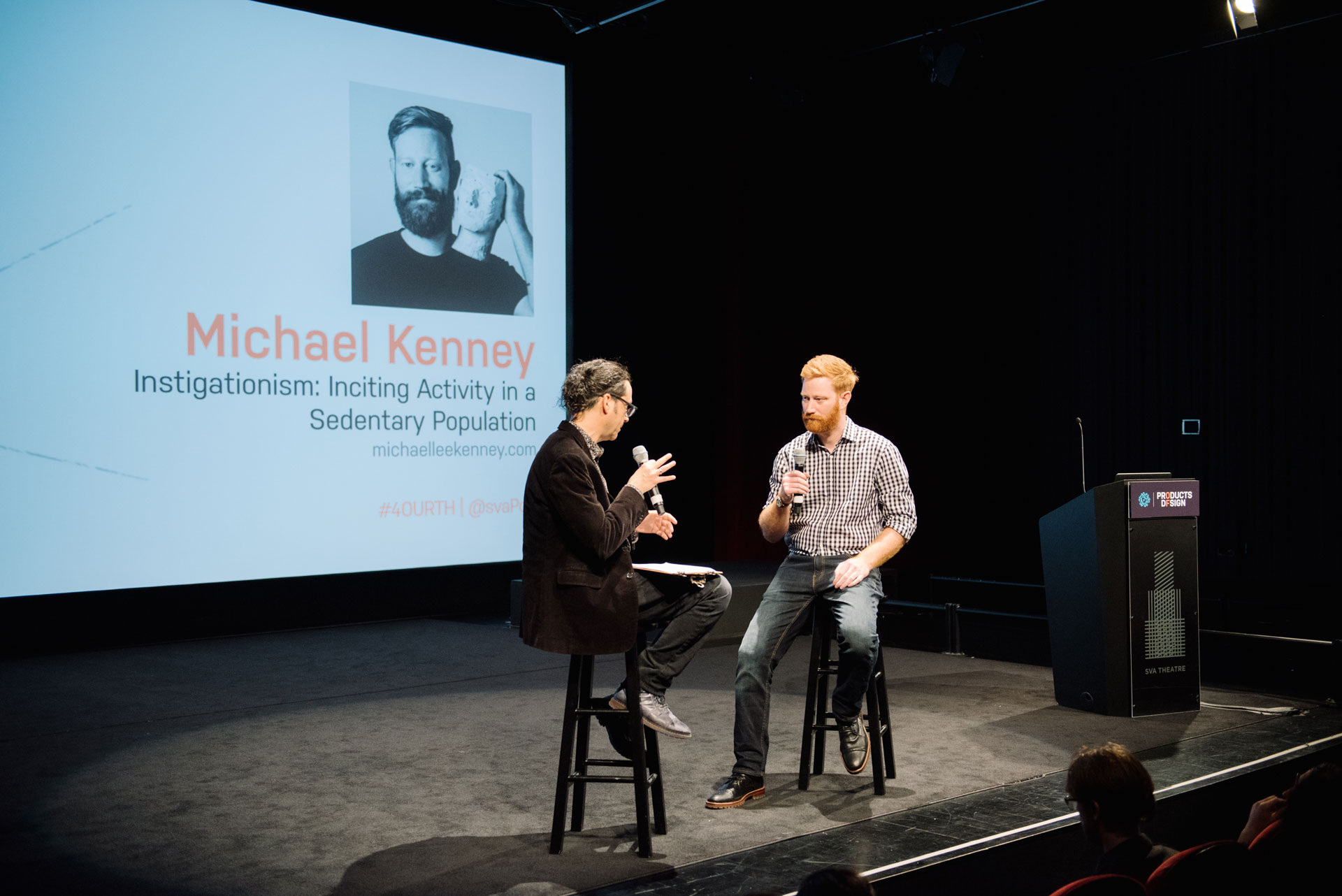
“Sitting is the new smoking,” states Dr. James Levine, professor of medicine at the Mayo Clinic. Research has shown that sitting for extended periods of time can result in a myriad of health problems—from increased blood pressure and blood sugar to excess abdominal fat, and more. "Unofficially coined the 'Sitting Disease'," Michael asserts, "it can’t be cured solely by a trip to the gym. The only way to prevent the side effects of excessive sitting is to get up out of your chair for 10-12 minutes every couple of hours."
“I thought that I was offsetting my sedentary work life with a physically-active social life, but now I know that wasn’t the case. It was just a façade...I moved to New York with a size 34 waist; within 18 months I was barely squeezing into a size 38.”
“This issue has become personal for me,” he states. “Over the past decade of professional life, I have become less and less fit. While living in Seattle, I thought that I was offsetting my sedentary work life with a physically-active social life, but now I know that wasn’t the case. It was just a facade, and the last two years of intensive desk-work has made that clear. I moved to New York with a size 34 waist; within 18 months I was barely squeezing into a size 38.”
Kenney’s thesis work started with an exploration into the world of chronic pain. After speaking with dozens of experts—ranging from physical therapists and neurologists to yoga instructors and naturopaths—it became clear that the most reliable and documented way to both mitigate and prevent chronic pain is with exercise. “It made me start to examine my own relationship with exercise,” Kenney reveals. “I’ve always been active, but not in a way that resembles traditional exercise. But the more I dug into the issue, I realized that it had nothing to do with going to the gym, and had everything to do with how much I sat during the day.”
More than one-third of adults and four-fifths of adolescents are currently at risk of dying from health problems directly related to a lack of basic physical activity.
This is not just a localized problem. According to Kenney’s study, more than a third of adults and four-fifths of adolescents are currently at risk of dying from health problems directly related to a lack of basic physical activity. Instead of addressing the deficits of the traditional gym-based model of exercise, Kenney focused on instigating basic physical activity, and pushing people to get out of their seats—a solution to “cure” this “sitting disease.”
His thesis work focuses on the three main areas where we spend most of our waking hours, and are also most sedentary—our work lives, home lives, and social lives.
LevelUp
According to a study published in the New York Times, “jobs requiring moderate physical activity—which accounted for 50 percent of the labor market in 1960—have plummeted to just 20 percent. The remaining 80 percent of jobs are sedentary or require only light activity.” Kenney wanted to understand this problem better, so he developed several proto-personas based on user research and surveys conducted through social media. This research led to the discovery that our office and work environments are actually designed to promote sedentary behavior.
“I was lucky enough to have the opportunity to work with Steven Dean of Prehype, and to sketch and develop ideas for a service-based business model that would address this issue. The result was LevelUp,” recalls Kenney. Designed for medium-to-enterprise level businesses, LevelUp is a social gaming service that instigates office employees to get out of their chairs and engage in physical activity for ten-minute intervals throughout the day.
Once a company signs up for a monthly plan, LevelUp provides each employee with an ergonomic desk riser that integrates a depth-sensing camera, and a pair of resistance bands. The depth-sensing camera turns the user’s body into an input that controls a suite of simple, yet challenging arcade-style games (think Joust, Centipede, or Galaga). In order to play, the employee must stand and move.
“Employees can play solo games, or they can use our Slack plugin to challenge other employees to engage in multiplayer mode.”
Employees can play solo games, or they can use the Slack plugin to challenge other employees and engage in multiplayer mode. Kenney also designed a scoreboard system that allows businesses to collect employee health analytics while leveraging the principles of gamification to drive adoption, and encourage healthy habits. Through partnerships with insurance providers, LevelUp can be sold to employers that do not currently offer workplace wellness programs.
“I believe that ideas like LevelUp will transform the current sedentary workplace culture into one of active play,” states Kenney, “with the hope that this project will inspire game developers and HR departments to come together and create a healthier workplace for future generations of employees.”
“Can you exercise in VR? Well, my answer is simple. Humans have been dancing with head adornments for tens of thousands of years. That’s a lot of user testing.”
New Dimensions
Kenney believes in the power of prototyping, and is an avid participant in the hackathon scene in New York City. “I’ve always wanted to find an opportunity to design for home fitness. This last summer, I took the chance to pitch a fitness idea at a 24hr VR hackathon. The idea was chosen, and I had the opportunity to lead a team in creating a minimum viable product using motion capture and 3D avatars,” Kenney explains. This prototype laid the foundation for a business plan that could disrupt the in-home fitness industry: New Dimensions.
In-home fitness is a 265 billion industry, but the physical medium and one-off app model has become stale. People want escapist features and more variety. New Dimensions is an on-demand fitness content platform (basically, the Netflix of fitness VR) that provides the largest library of on-demand fitness content—from martial arts to dance—all set in your choice of the world’s most scenic landscapes, while providing real-time health analytics. New Dimensions also acts as a platform for selling premium content from the world’s leading celebrity fitness instructors, and delivers opportunities to work with brand partners to produce custom content and product placement.
Kenney states, “Setting out, I had two main questions that I needed to answer. The most consistent question was: can you exercise in VR? Well, my answer is simple. Humans have been dancing with head adornments for tens of thousands of years. That’s a lot of user testing.” He adds, “The second question relates to motion sickness. That depends upon the individual, but New Dimensions adheres to standard VR design guidelines to mitigate this risk.” According to Kenny, the use case was compelling, and the platform is simple to navigate.
He explains further, “Imagine you are a new parent taking care of your sick child, and as much as you need a break and some exercise, you can’t leave the house. Luckily you have New Dimensions. With the headset on, you begin by selecting your instructor and type of fitness, the level of intensity, and what exotic location you want to experience. It’s that simple.”
New Dimensions is currently in development, and Kenney is working with several partners to bring this project to life.
Kenney turned to the universal appeal of classic arcade games, and prototyped Twin Guns—a game that incorporates shoulder abduction/adduction exercises, as a kind of Trojan horse to deliver this physically-productive UI.
The Gate: Twin Guns
Kenney’s work in VR acquainted him with the current state of gesture-based user interface, and he was sorely disappointed with what he encountered. “The current trend in UX is to create rules, or very specific and detailed pattern sets for UI. I agree that for screen based technology breaking, these rules can lead to usability issues and low adoption rates,” Kenney exclaims. He cited Google’s Material Design as an example of the above.
However, he does not believe that we should extrapolate touch-based interactions into the space of emerging technologies, such as Hololens, Leap Motion, or Kinect. These technologies are primed for multimodal gestures that can take advantage of our entire range of motion, not just our fingertips. “First of all, we should give ourselves some credit when it comes to adopting new modes of interaction,” suggests Kenney. “In the relatively brief history of interaction design, we have adapted to a wide range of input models—rom the birth of the mouse, to T9 texting, to swipe to unlock.”
Kenney has quite the manifesto, and his proposal is interesting. He mentioned, “Our current technology is hurting our bodies. So, why not take this opportunity to develop a thoughtful, intentional, and physically-productive user interface for these emerging technologies? Developers are spending millions of dollars to develop physical therapy games. But why make physical therapy a game, when we can make a game physical therapy?”
Furthermore, Kenney recommends that designers should not be developing interactions that will most likely result in a trip to the doctor. “We can mine a library of beneficial movements from the field of physiotherapy, and we could also develop interaction patterns that instigate physically productive movements for entire groups of people whenever they are in a digital space,” he suggests.
Kenney turned to the universal appeal of classic arcade games, and prototyped Twin Guns—a game that incorporates shoulder abduction/adduction exercises, as a kind of Trojan horse to deliver this physically-productive UI.
The game itself is a variation of the classic arcade hit, Asteroids. However this version takes you through a full shoulder exercise routine while playing each level. Surprisingly though, the playing the game in no way feels like you are performing a physical therapy routine. Kenney passionately exclaims, “Why stop there? We could mash the mechanics of Space Invaders with side lunges, Joust with hip flexor stretches, or Frogger with squat jumps!”
Kenney wasn’t satisfied with just prototyping a screen design. So he took take it one step further, and removed the project from the living-room-gaming context by developing a three-dimensional product design that is a modern update of the arcade cabinet. His intention is to position these games side-by-side with less physically active, yet popular, bar games such as Big Buck Hunter, Golden Tee, or classic pinball units.
He added the arcade cabinet The Gate, and it was premiered at the 2017 Wanted Design exhibition as part of NYCXDesign. “I was getting calls telling me that people, especially kids, were interacting with it for incredible lengths of time,” Kenney proudly stated. “Of course, there is still a lot to be done, but I feel that the initial prototype proved there is interest in this work. My plan is to continue to preach the benefits of rethinking the current state of gesture-based UI. It is imperative that we learn from our past mistakes.”
Learn more about Michael Lee Kenney's work at michaelleekenney.com, and contact him at mleekenney[at]yahoo[dot]com.








